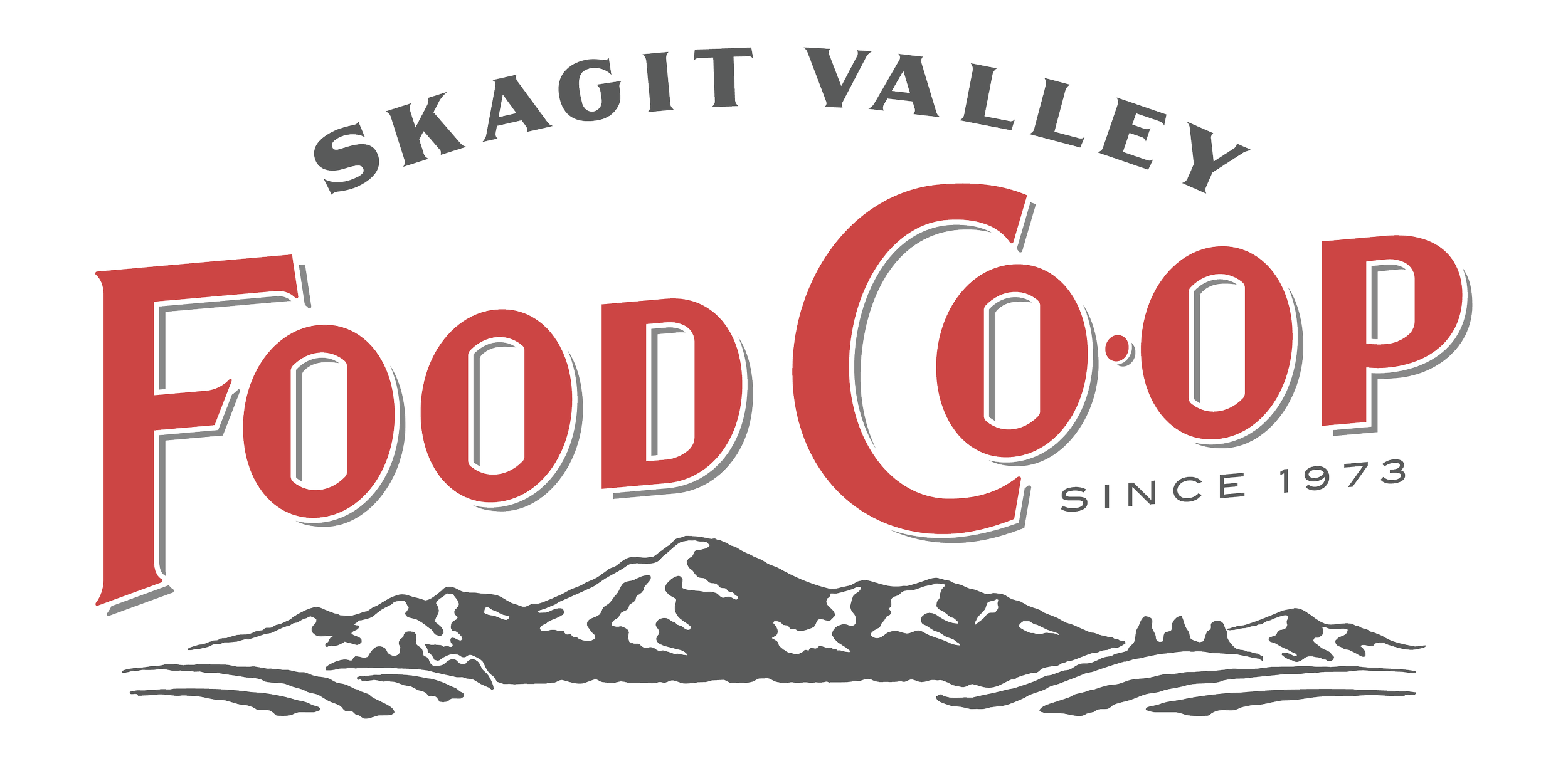Foraging for Edible Plants
Foraging isn’t just for hipsters, hippies, and hip cuisine. It is basic human knowledge that we’ve lost. It is utilizing free food grown from free solar and water. It is eating a healthier and more diverse diet. It is appreciating the ordinary beauty all around us. It is exercise and exposure to the natural world which are powerful antidepressants. It is a reason to use fewer herbicides. It is a reason to leave spaces wild and biodiverse. Foraging isn’t a fad, it’s a smart way to eat, to live, and to use land.
Personally, I am a creation lover. We have been granted every seed-bearing fruit that is good not only for food but medicine. Foraging, even in our own backyard, is beauty and sustenance, form and function, and all of the things mentioned above, including my favorite physical activity, functional productive exercise—all richly rewarded with functional food!
Herbs are the best of both worlds: food and medicine. In many cases, herbs are even a notch better than superfoods. Most have a longer tradition in healing and have been more extensively studied for their versatile therapeutic and medicinal properties.
Lucky for us all, ‘tis the season for local edibles! Here are some of my personal favorites:
Dandelion: My favorite weed. It’s absolutely the best liver herb on the planet. Because it supports both Phase 1 & Phase 2 liver detox pathways, it is a better detoxifier than the more popular Milk Thistle. It’s also good for digestion and has well-documented anti-cancer properties. For the untrained palate unaccustomed to bitterness, the young, tender, and light green leaves are the most palatable. The entire plant, including the flower, is edible and the root is stronger, more medicinal. Best in salads, soups, stews, or sautéed.
Nettle: Nutritive, anti-allergy, anti-histamine. Harvest when the plant is less than two feet tall. Using gloves, pluck leaves only without uprooting the whole plant so it continues to grow. Lightly steam or sauté and use like spinach, or in soups and smoothies. Why not add some dandelion while you’re at it?
Red Clover: A potent blood purifier that has earned a solid science reputation as a star in the classic Hoxsey formula for cancer treatment. The blossoms have a pleasant flavor and mild sweetness.
Chickweed: Great in salads, but tasty enough to enjoy all by itself.
Blackberry Leaf: Astringent, anti-diarrheal, nutritive. Dried leaves are best for tea.
Raspberry Leaf: Nutritive, galactagogue (promotes breast milk production).
Oregon Grape: Great digestive aid, liver support, and blood sugar balance. The root is the strongest part of the plant and due to its Berberine content, has potent antibiotic properties similar to Goldenseal. The berries are bitter and may be mixed with common berries or salal berries. The roots can be used for tea or tincture.
Salal: Berries make great jam, pies, and sauces.
Hawthorne (leaf, flower, berry): Best cardiovascular tonic on earth. Eating around the rather large seeds, the berries can be enjoyed. Use the leaves for tea; the flowers can be added to salads or eaten with berries or as-is.
Flower Sampler: Very springy way to enjoy the blooms of allium, chive, garlic, rose, nasturtium, calendula, plus any of the above.
Keep your herbal eyes open, we’ve only scratched the surface of the wonderful world of wild and edible plants in the great Pacific Northwest!
Karl Mincin is a Functional Medicine Nutritionist in practice for 36 years. 360.336.2616 | Nutrition-Testing.com | Instagram @MincinNutritionist | Facebook @NutritionTesting1
Note: Always use caution when foraging. Do your research and make sure to properly identify your plants before consuming them. Only take what you need from a particular area so that the plant can continue to thrive there for years to come.
